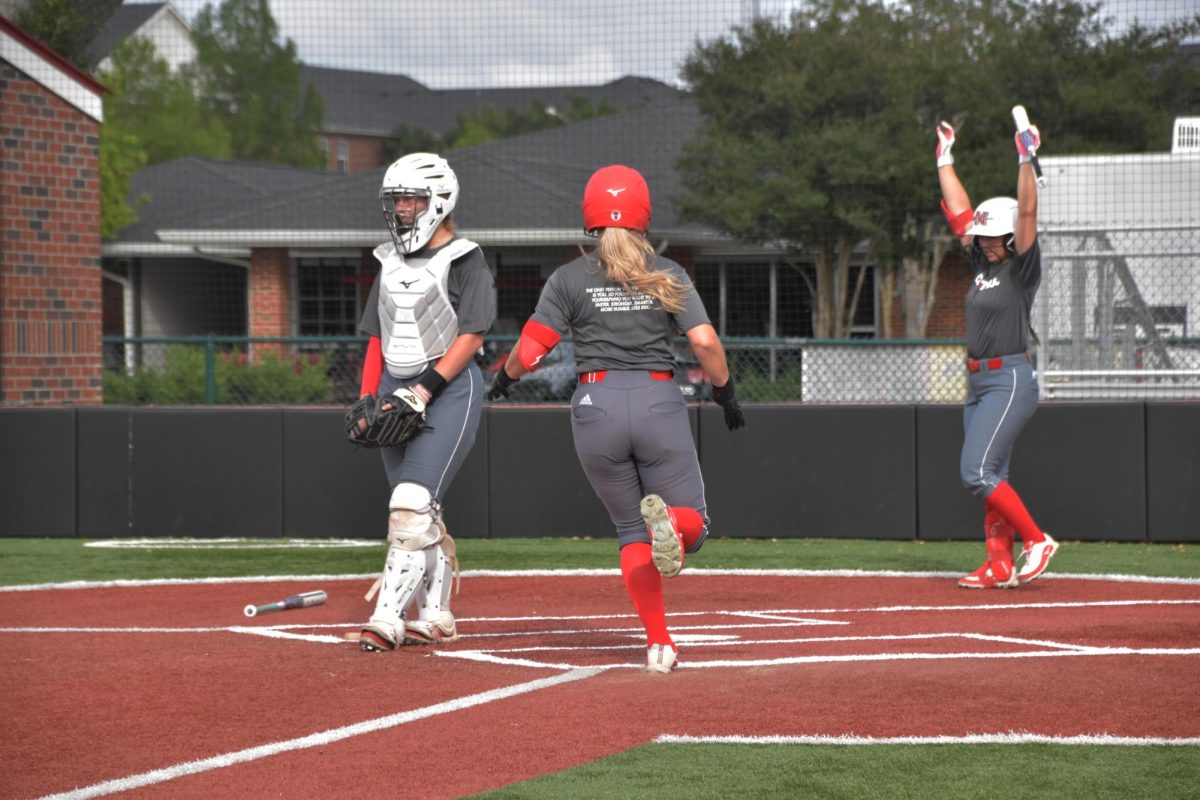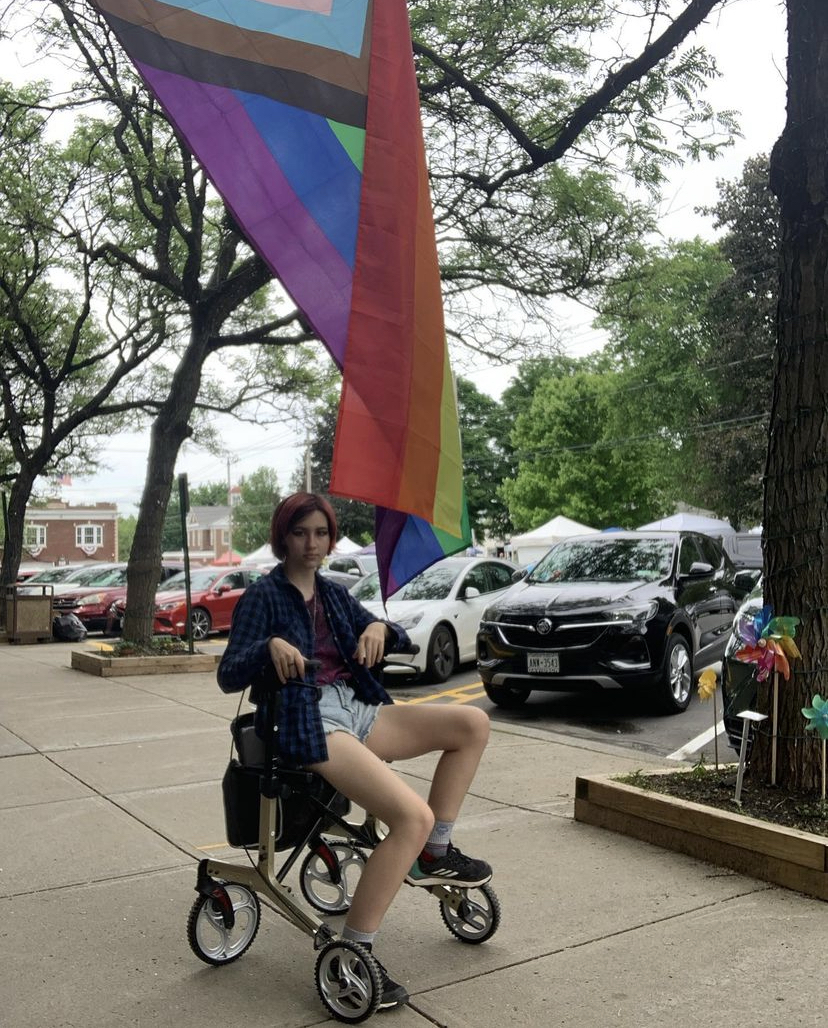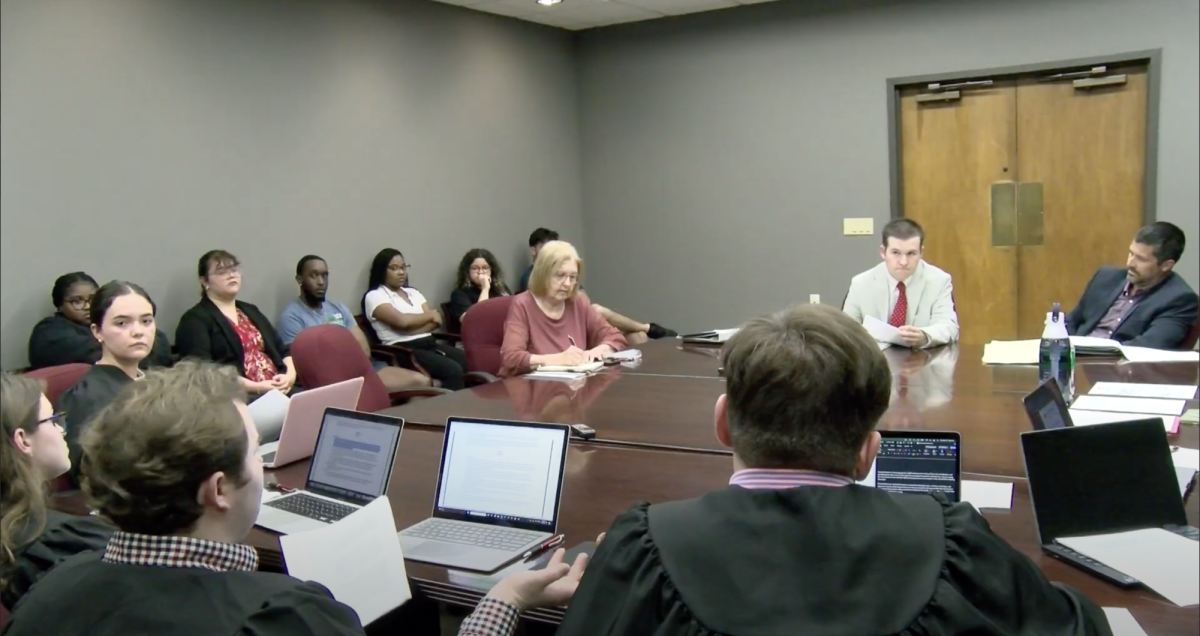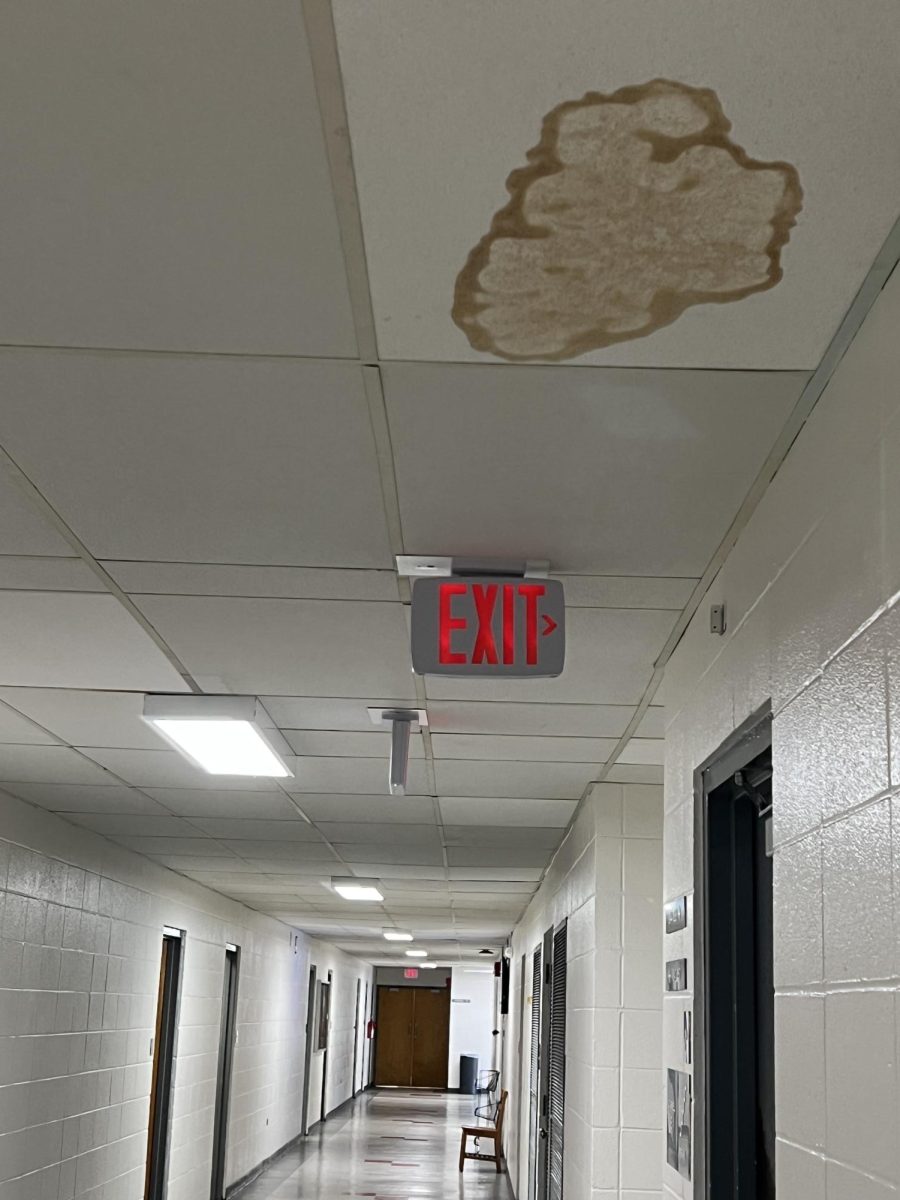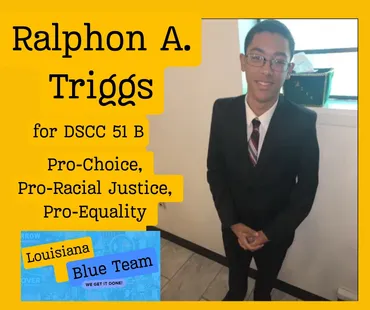The Parent Advocacy Coalition for Educational Rights’ National Bullying Prevention Center dubbed October as National Bullying Prevention Month in order to spread awareness about the potential dangers of bullying.
The Parent Advocacy Coalition for Educational Rights Center, or PACER, founded the National Bullying Prevention Month in 2006 in order to build nationwide awareness against bullying through creative and engaging tactics that appeal to children and teens.
Throughout the country, bullying has recently national headlines due to people speaking out against bullies. Stories of teens committing suicide in order to escape the emotional effects of being bullied have also received national attention.
The National Youth Violence Prevention Resource Center (NYVPRC) and the Health Resources and Services Administration (HRSA,) found that one in three students across America are involved in bullying, either as the bully or the victim. An estimated 15 to 25 percent of those students are the victims of bullying, while another 15 to 20 percent of them are the actual bullies. One in 10 people are bullied on a daily basis throughout America, and 52 percent of students have reported incidents of bullying over the Internet, also known as cyber bullying.
Assistant Professor of Psychology Jessica Fanguy said that bullying comes in many different forms, such as mental or physical acts. Not only are children and teens subjected to bullying, but also adults. Adult bullying tends to be more verbal and materialistic. Fanguy described bullying amongst adults as “the same animal with a different skin.”
“Adults are engaging in the same kind of bullying that kids are. This is because some adults just never grow up,” Fanguy said. “I don’t see bullying as junior high or an elementary school-specific event, because adults kind of coax each other into doing stuff. Even in a work setting, it happens. Here we are in higher education. I’m sure there is some bullying going on with the faculty to do or not do certain things.”
Fanguy said that bullies feel the need to force power over the victim because that person seems to appear helpless.
“The victim probably has a predisposition for low self-esteem, but they are not always helpless,” Fanguy explained. “I don’t see all victims as helpless. Victims kind of see it as a boundary issue. They don’t always know where their boundaries are so they are not as comfortable setting them with other people.”
Fanguy also said that victims and bullies have one thing in common: they both have an issue with image.
“It’s all about how they will appear to this other person,” Fanguy said. “If either party felt secure in their identity, then the bully wouldn’t feel the need to exert power over the victim, and the victim would be able to stand up. It’s interplay of both.”
Stacey Guidry, assistant director of the university counseling center’s guidance services, said she finds bullying to be absolutely devastating.
“The result of bullying stays with people for the rest of their lives, whether they are the bully or the person being bullied,” Guidry said.
Guidry explained that bullies tend to have feelings of “inadequacy, anger, and a lack of control in their own lives.”
“Their way of coping is very volatile and emotionally damaging to the person that they pick to bully,” Guidry said. “A bully, no matter what age, is experiencing inadequacy. If they can pick on someone else and make someone not like a person, then they kind of get this false sense of inflated self-esteem.”
Guidry said that a disconnect with parents is not always the direct cause of a child’s lashing out on others, but bullying can start at the home.
“For a child to become a bully, there is some sort of discord in the home that the child is experiencing and there is a situation that they have no control over,” Guidry said. “What they do is take out their anger on the weakest individual they can find because they don’t have the coping skills to deal with the discord that they are experiencing.”
Bullying is not an uncommon occurrence on the Nicholls campus. According to University Police, though Nicholls students have not reported any serious hate crimes, fights or bullying in any form, the University is not completely safe from the issue.
One of the more common forms of bullying on a college campus is hazing, Fanguy said. Hazing is described as any activity that results in the emotional or physical discomfort of an individual looking for acceptance within a group.
“[The organizations] get some of their pledges to do stuff that they don’t want to do,” Fanguy said. “They call it initiation but it’s really bullying.”
The Counseling Center encourages students to visit them if they are experiencing problems with bullying.
“If you find that you do bully people because you’re having these negative experiences, we don’t judge. Come and see us,” Guidry said. “If you are being bullied and you have had these experiences in your life, come and see us. That’s what we’re here for.”
The University Counseling Center is located in 224 Elkins Hall and is available by appointment Monday through Friday from 8 a.m. until 4:30 p.m.


